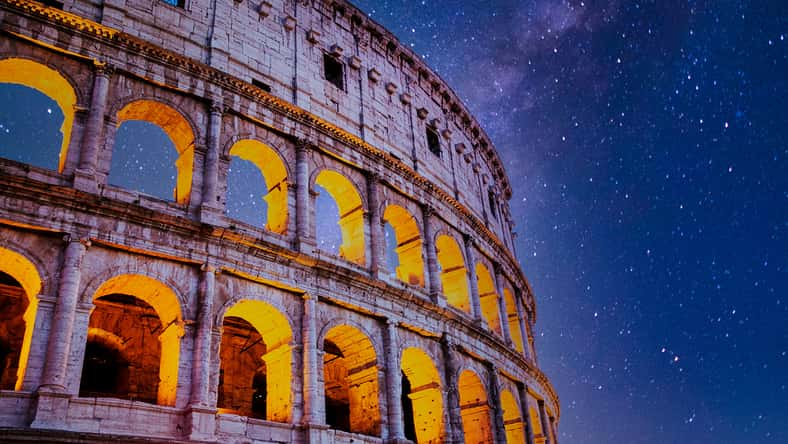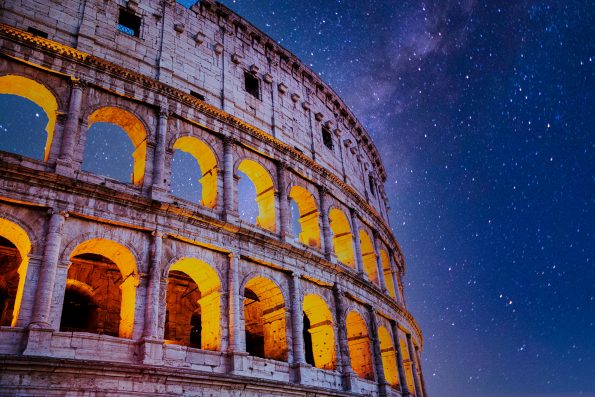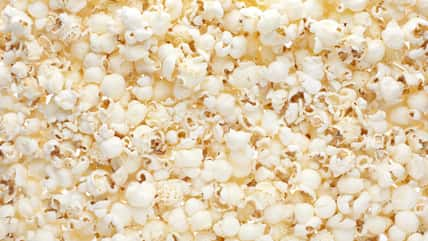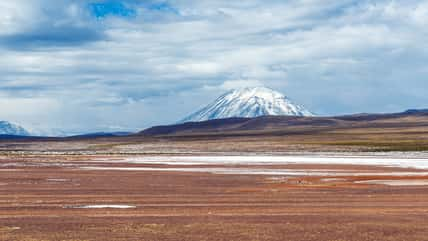Researchers Unlocked The Secret To The Durability Of Roman Structures: It’s Self-Healing Concrete

It is a wonder as to how some of the ancient architectural structures of Rome still remain standing today.
Modern infrastructure is constantly at risk of falling apart after a few decades, or even a few years. But, the aqueducts and buildings that the Romans created have endured the test of time and continue to be stable constructions at historical sites that tourists visit every year.
Last year, researchers from the Massachusetts Institute of Technology (MIT), Harvard University, and laboratories in Switzerland and Italy unlocked the secret to the durability of the 2,000-year-old structures. Self-healing concrete is the reason they are so long-lasting.
The study shows that a special ingredient called “lime clasts” is what made ancient Roman concrete so strong.
Previously, scientists believed that volcanic ash from Pozzuoli on the Bay of Naples was what contributed to the toughness of the concrete. The ash was shipped across the Roman Empire to be used for construction.
However, in the most recent study, the researchers looked at lime clasts for answers. Lime clasts are small, white chunks that were mixed into the concrete.
In the past, they were thought to be the result of careless practices or low-quality materials. They are also not included in modern concrete formulations.
Overall, they didn’t seem to serve any purpose. But, it turns out that lime clasts are what gives the ancient concrete self-healing abilities.
“The idea that the presence of these lime clasts was simply attributed to low quality control always bothered me,” said Admir Masic, a professor of civil and environmental engineering at MIT.

nadl2022 – stock.adobe.com – illustrative purposes only
“If the Romans put so much effort into making an outstanding construction material…why would they put so little effort into ensuring the production of a well-mixed final product?”
The team analyzed 2,000-year-old mortar samples from a city wall in the ancient city of Privernum, Italy.
They found that the technique of “hot mixing” was employed to produce concrete of an incredibly durable nature. The Romans combined quicklime, water, and volcanic ash at high temperatures.
Lime is a material rich in calcium, and it was used to mitigate erosion from water on roads and buildings.
Any tiny cracks in the concrete would recrystallize as calcium carbonate when exposed to water, filling the cracks with a glue-like substance. As a result, the cracks can be healed before they spread.
“It’s exciting to think about how these more durable concrete formulations could expand not only the service life of these materials but also [improve] the durability of 3D-printed concrete formulations,” Masic said.
Sign up for Chip Chick’s newsletter and get stories like this delivered to your inbox.
More About:News





